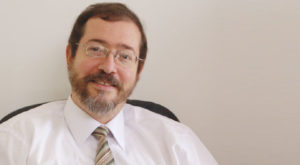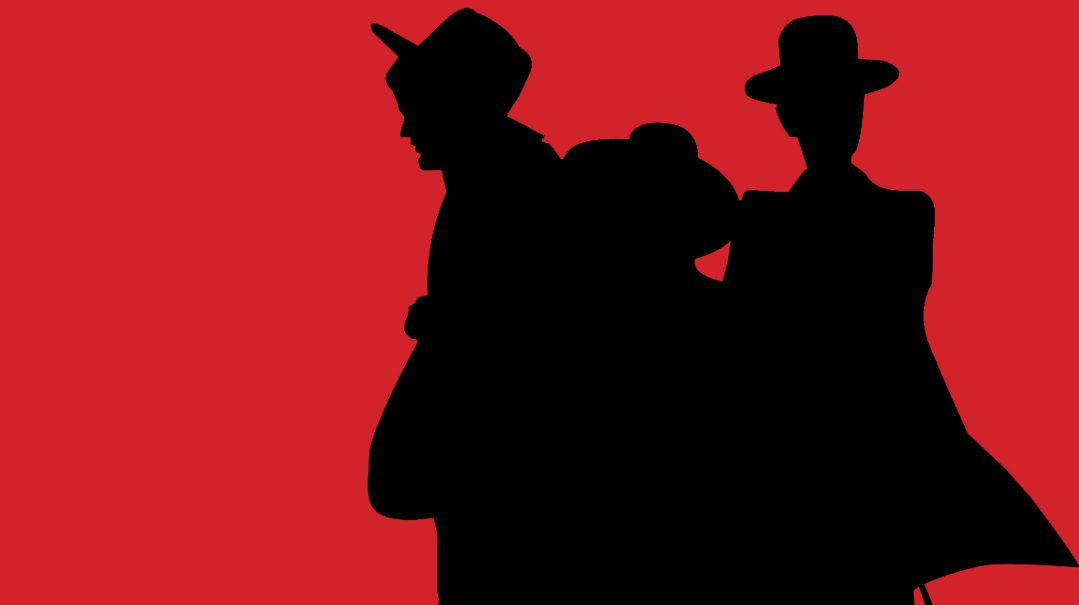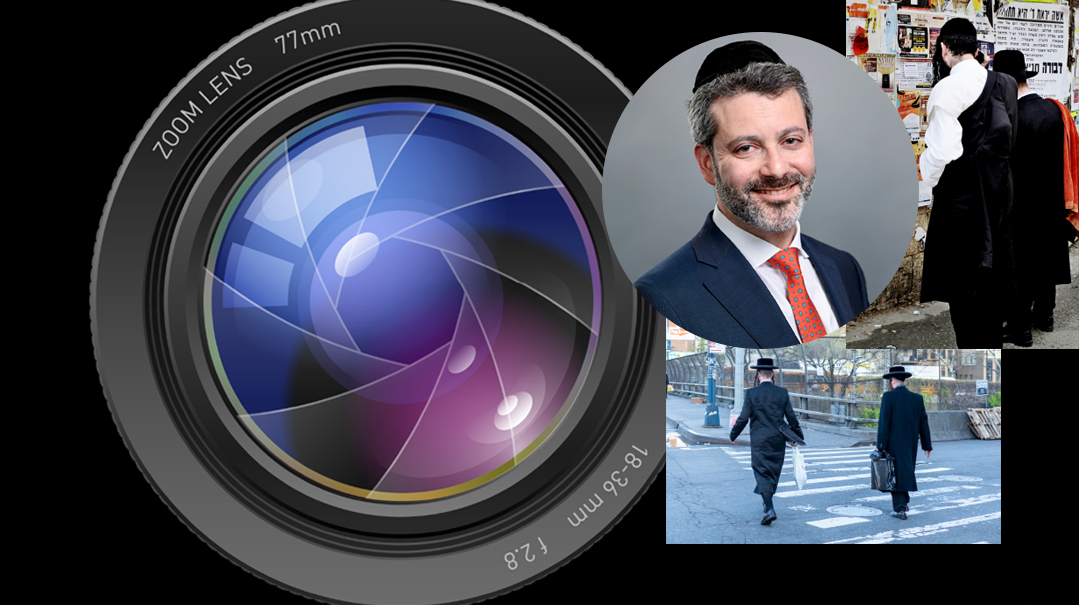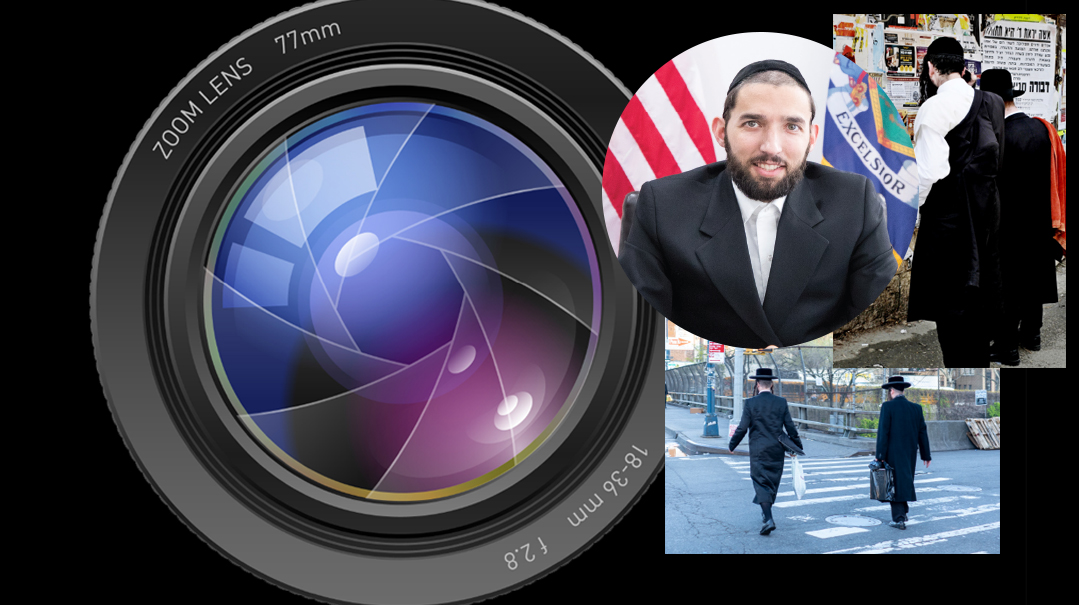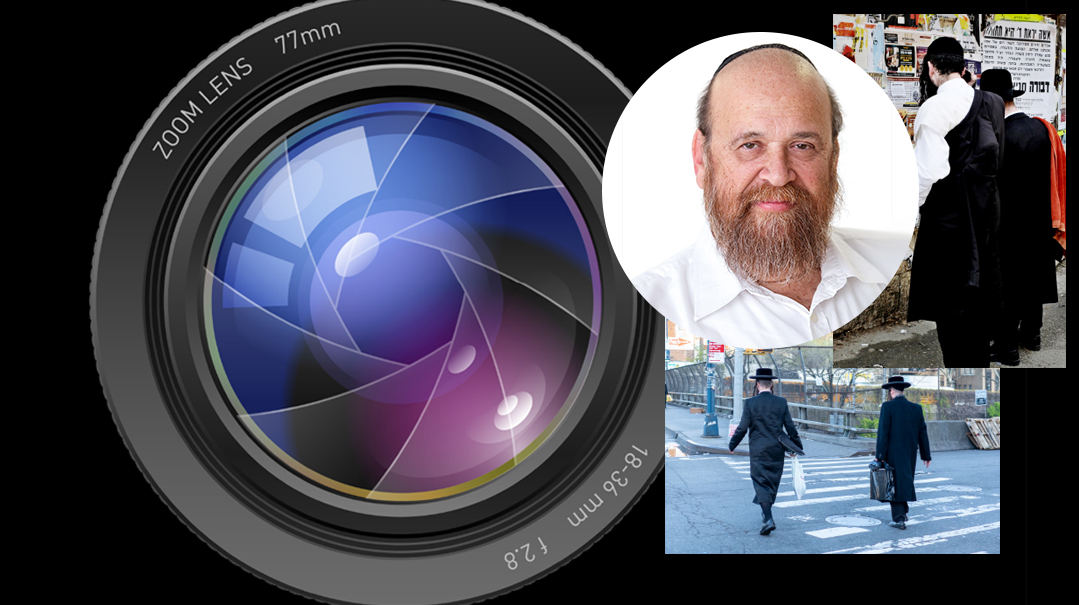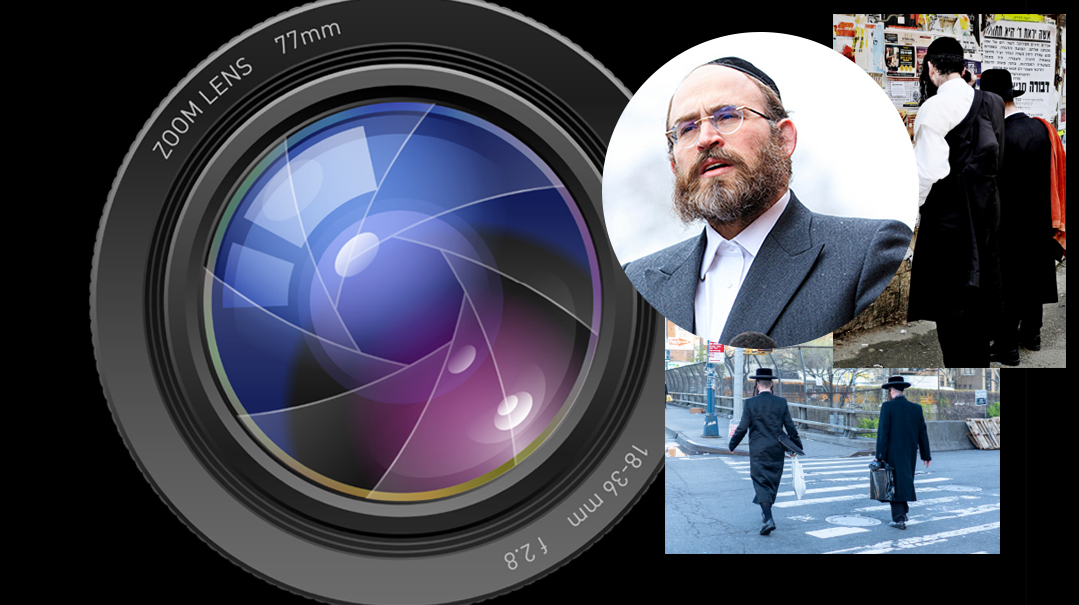Yoel Friedman: Keep Our Low Profile
| March 10, 2021"Rav Avigdor Miller ztz”l says that the moment you don a black hat, you become an ambassador for the Jews, whether you like it or not"
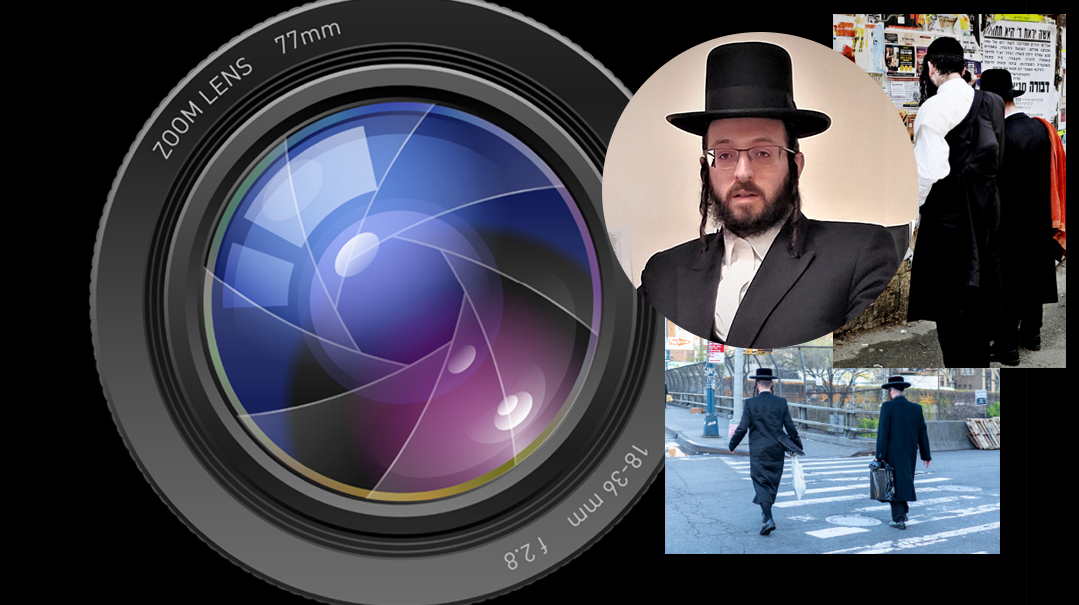
Yoel Friedman is director of public affairs at the Interlink Foundation. Interlink supports chareidi organizations across the UK and is a leading advocate for chareidi matters, working with government and local authorities. Mr.Friedman is one of the leaders of the CanveyIsland kehillah outside London, and was in the first cohort of families to have moved there in2016.
Interviewed by C. S. Teitelbaum
What do you see as the most dangerous aspect of chareidim’s portrayal and perception in the public sphere?
People form their impressions about communities, or groups of people, or businesses, based on their direct experience. If they have no direct experience, impressions are formed by the narrative that’s out there in the public sphere.
The problem we have is that, many times, the narrative about chareidim in the public sphere is a negative one. This spans traditional and online media, social media, blogs, films, and more. Most people do not have any direct contact with frum Yidden, and their ideas about chareidim are formed by this narrative.
Chareidim don’t, by default, put our own narrative in the public domain. We have a very strong historic preference for keeping a low profile. Men tsheppert nisht! We’re content to live and let live, never raising our heads above the parapet. Mah l’ani v’lahem, who needs to tell the world about our unusual ways? So we’re left with a completely blank canvas on which a really unpretty picture has been painted. The canvas has been filled by people who have left the community and hold on to anger and grievances, along with campaigners and journalists interested in sensational and human-interest stories.
If the host population becomes hostile toward the frum community, this is obviously dangerous. In the past, hostility expressed itself in pogroms and Crusades. Just because these are not normal features in current Western society does not mean we can be complacent.
There is a direct link between negative attitudes and the way societies and governments treat frum Yidden with their policies. In the UK, we see that played out in education policy. Policy-makers have been drip-fed ideas that chareidi lifestyle is oppressive and backward, and that we don’t allow our children to think for themselves. Education policy is therefore designed to clamp down on chareidi education.
How much of this is due to our lifestyle, how much to our mistakes, and how much to misunderstandings and miscommunication?
We have a fundamental challenge. We are blessed to live in a malchus shel chesed, where we can freely practice Yiddishkeit. However, over recent decades, a gulf has grown between our way of life and what society considers to be “normal.” Societal values have changed so much that they are barely recognizable from 50 years ago. We cling steadfastly to our eternal Torah, yet society has pivoted to a very different place.
In the last years of his life, my mentor, Rabbi Avrohom Pinter ztz”l, became increasingly despondent about this. He wondered how we could defend our beautiful way of life if stable families and marriages are no longer considered a virtue by wider society.
There’s another problem. It’s a simple reality of life that every person who is an identifiable Jew is an ambassador. Rav Avigdor Miller ztz”l says that the moment you don a black hat, you become an ambassador for the Jews, whether you like it or not. The only people who have the prerogative to behave “as they wish” are the majority or host population of any place. The minute you are a minority amongst a host population, everything you do creates or contributes to the stereotype of the group you belong to. It’s just how human minds work — a single person with a single incident paints a portrait of all Jews.
We have grown to a point where we are no longer mere she’eiris hapleitah but, baruch Hashem, a prominent, sizeable community. We are extremely visible. Unfortunately, every so often, attention is drawn to negative stories.
Take, for example, the attention over COVID weddings in the UK. What the media did was totally disproportionate. Even now, the coverage of old events is still continuing. But COVID breaches happen every day, all over society. Somehow, with chareidim, it is sensational news.
Every community has its strengths and weaknesses — no community is perfect. We have a particular problem with people who have left the community and who see only the weaknesses and none of the strengths. Sometimes they have had negative personal experiences and end up with very strong, if distorted, views. The insight of defectors enables them to publicly point fingers very precisely at certain aspects of our community. Rabbi Pinter ztz”l called it “demonizing and marginalizing.”
Of course, social media is a massive contributing factor. We’re up against the masses, and everybody has a platform, whereas most of those in our community are not on social media.
Can you think of successful efforts where chareidim reached out to the media, decision-makers, or the public at large to make themselves heard or understood? What were the key elements that brought success?
On January 22, the UK press broke with a sensationalized story of a large chareidi wedding that was broken up by the police. (The numbers were revised down from 400 to 150 people the next day). Subsequently, different media outlets did “exposés” on more chareidi COVID weddings.
Also on January 22, the British government wrote to all their contacts in different religious groups looking for locations for COVID vaccination centers. We saw a great opportunity to turn the negative attention into something positive.
Two weeks after one of the worst chareidi media incidents we’ve ever experienced in the UK, we worked with others to create one of the best. Hatzola members rose to the challenge and promptly trained as vaccinators, spending Motzaei Shabbos alongside National Health Service clinicians to vaccinate hundreds of high-priority local residents in a local health center.
The pictures of chassidim in their Shabbos finery coming to get their jab, and of Hatzola volunteers vaccinating members of all different ethnic backgrounds, were broadcast around the world. The event was lauded all the way from Downing Street down to the local town hall. The tide of negativity turned into something much more positive.
In my experience, most in the media are happy to engage with us and get a good positive story. And it’s so easy for us to achieve that, because there’s so much good going on in the community. All they currently know is the lashon hara they are privy to. If they would get to know us more and see how we contribute to the country as a whole, it would paint an entirely different picture.
What do you wish every starting journalist knew about our community? What’s a mistake too many of them make?
I wish they would spend a short amount of time immersing themselves in the community before writing about us. Our community has an amazing warmth and vibe, which visitors pick up and appreciate.
Pre-COVID, Interlink arranged many community visits for political and government leaders. We would take them into organizations and mosdos, and introduce them to members of the community. The results were spectacular. Rabbi Pinter used to take people through Yesodey Hatorah School and casually point out how none of the pupils’ lockers were actually locked. This tiny detail is a massive eye-opener, something very different from what is normally seen.
A media outlet recently asked me to arrange access to Hatzola, as part of an initiative they are doing to dispatch their new journalists to different communities, to experience “a day in the life.” If all media outlets were to do that, getting up close with Jewish life and witnessing how much giving and goodness there is in the community, they would be humbled.
And if an outsider were to observe our local rabbanim on any given day, how they greet every person, their humility, their devotion to our community, they would be equally awed.
Indeed, sometimes a journalist will have an opinion or will have been ill-informed, but if they are not ill-intentioned, then this kind of immersive experience can be a real turn-around.
A BBC producer once expressed her surprise that Stamford Hill wasn’t “a square mile where only Jewish people resided and nobody was allowed in or out.” That’s the distorted impression this journalist had. Some of them haven’t had a chance to see the inside story or hear it from an inside representative.
How can the average frum Jew be a good ambassador?
We have to be aware that everything we do can and does reflect on the whole of Klal Yisrael. Be a mensch, treat others like you would want to be treated yourself, and remember that you are exactly that ambassador.
(Originally featured in Mishpacha, Issue 852)
Oops! We could not locate your form.






